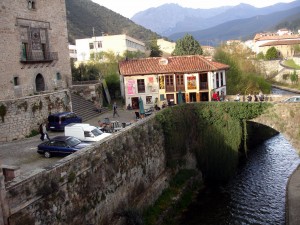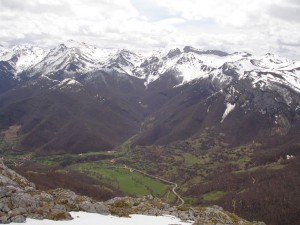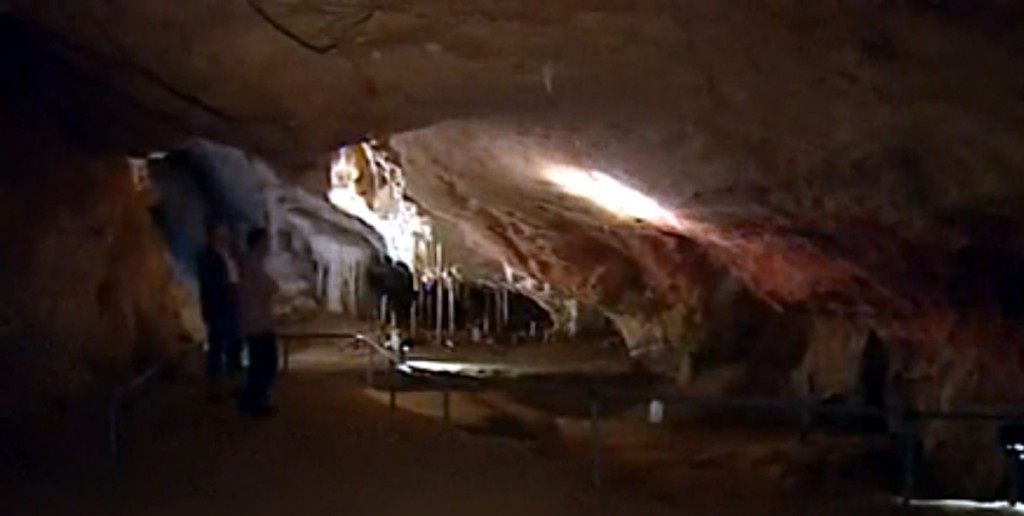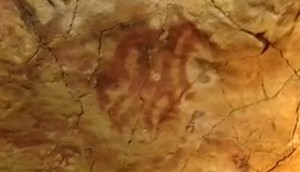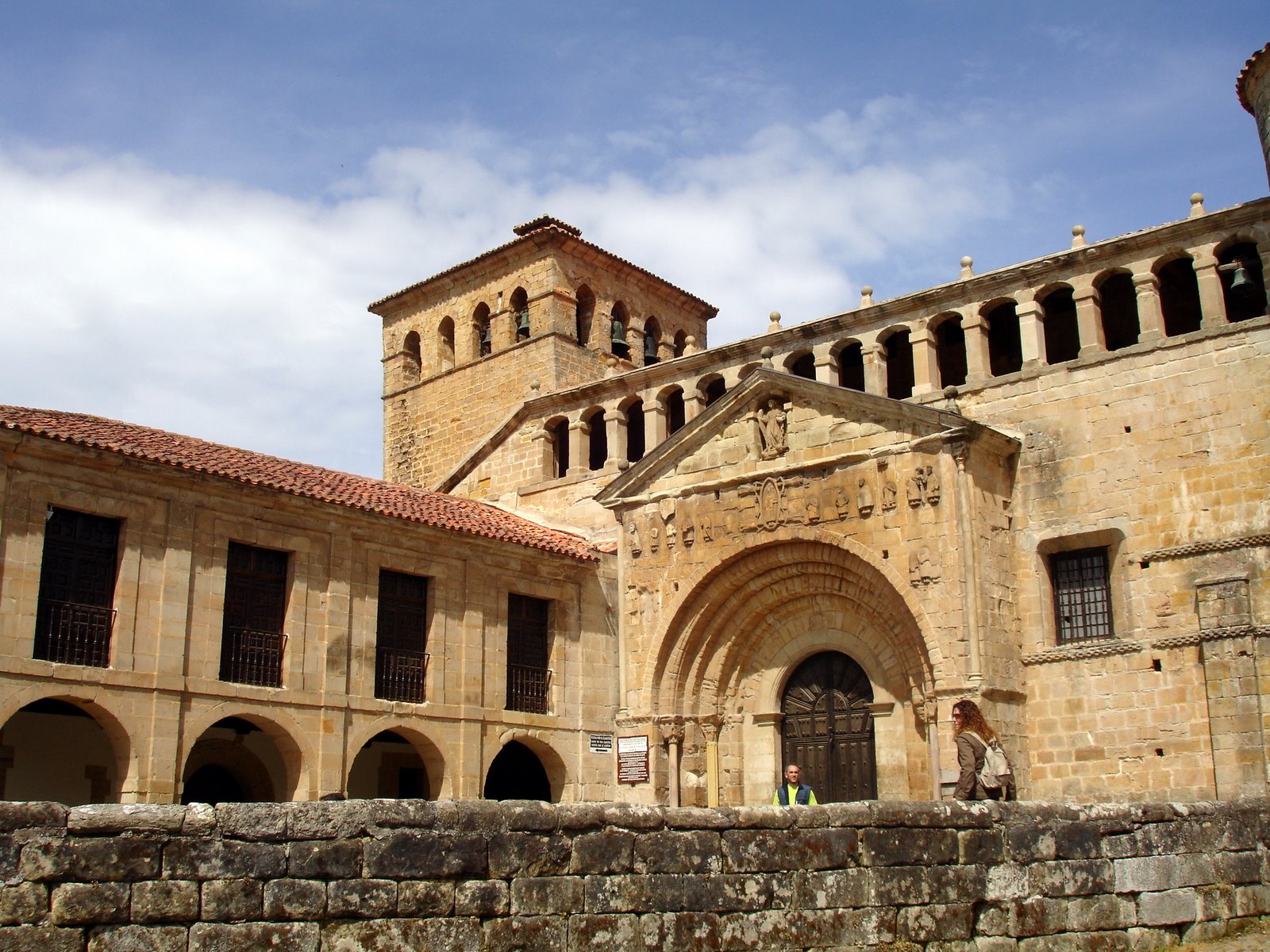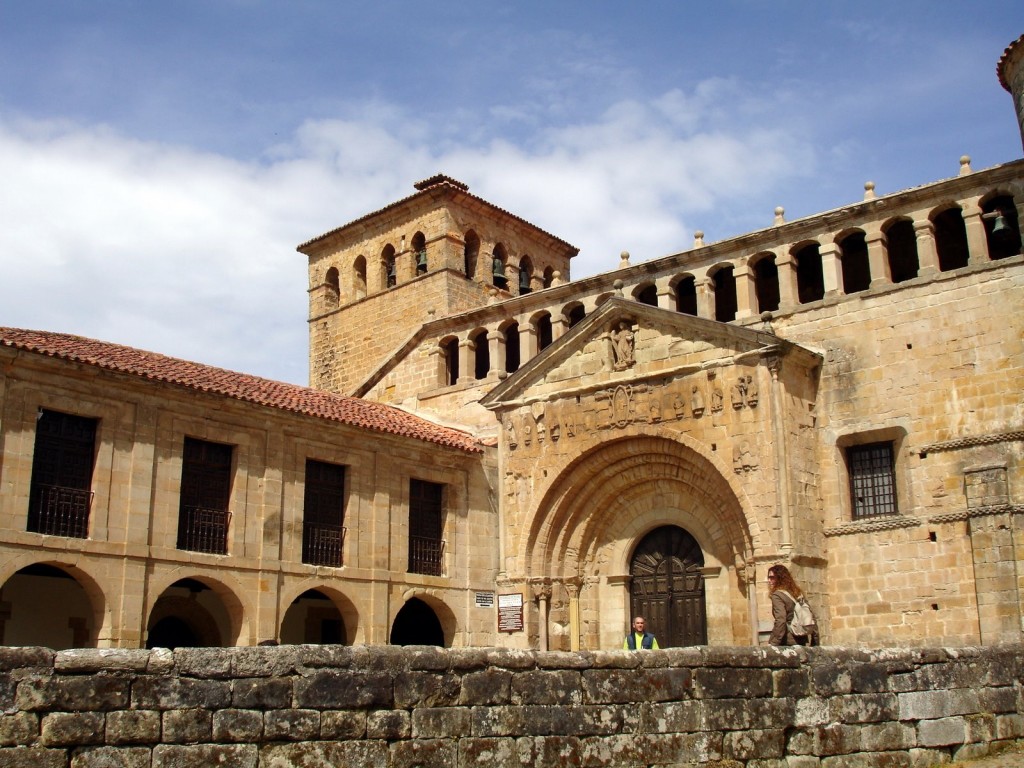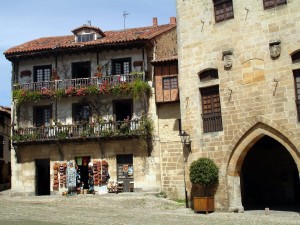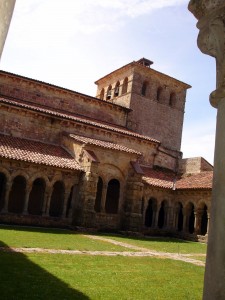Santander, which is certainly renowned for its beautiful bay and its magnificent beaches, is situated in the northern Spain, on the Cantabrian Sea coast. Surrounded by breathtaking scenery among its bay, the sea and green belts, Santander is an outstanding example of a natural landscape of great beauty, with a population of about 180,000 inhabitants it is the capital city of Cantabria region (Spain).
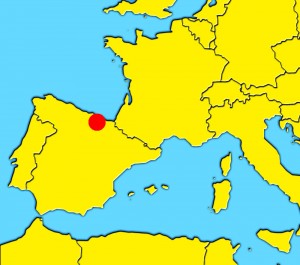 In the mid 19th century Santander became a perfect tourist destination for aristocracy, upper class and wealthy people who came to enjoy its lovely beaches, and its mild climate during the summer. Although in 1941 a disastrous fire destroyed a considerable part of its old town (Casco Antiguo), currently, Santander is also noteworthy for the quality of its architecture.
In the mid 19th century Santander became a perfect tourist destination for aristocracy, upper class and wealthy people who came to enjoy its lovely beaches, and its mild climate during the summer. Although in 1941 a disastrous fire destroyed a considerable part of its old town (Casco Antiguo), currently, Santander is also noteworthy for the quality of its architecture.
Nowadays, Santander not only has one of the most impressive bays in the world and magnificent beaches but also, gastronomy, sport, festivals, events, night-life, architecture, nature, culture, parks among other many more things. In fact, Santander is a holiday destination where tourists from all over the world choose to visit Santander in order to spend their holiday doing outdoor activities, enjoying its beaches, tasting its traditional cuisine or having a lot of fun at its parties, beaches and streets.
What to visit in Santander
Among the more imposing buildings is the Magdalena Palace that was built in the early 20th century on a hill in the Magdalena Peninsula surrounded by outstanding landscape. The king Alfonso XIII used to spend the summers in this palace until 1930. Currently, the palace hots events, exhibitions and summer courses at Menéndez Pelayo International University where more than seven thousand students attend the courses in Santander every year. This peninsula is itself a must-see place.
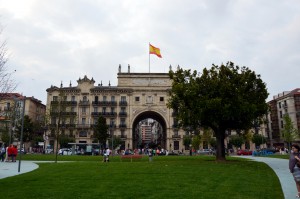 If visitors take a leisurely stroll along the elegant Sardinero Promenade, which is one of the most emblematic areas of the city, they will find the famous Sardinero Beaches, Gran Casino del Sardinero, the Auditorium, luxury hotels, restaurants, terraces, bares, cafés and, pubs, as well as the Piquio Gardens which are regarded as some of the most lovely places in Santander from where visitors can see wonderful views. The Sardinero Promenade is to the east of the city.
If visitors take a leisurely stroll along the elegant Sardinero Promenade, which is one of the most emblematic areas of the city, they will find the famous Sardinero Beaches, Gran Casino del Sardinero, the Auditorium, luxury hotels, restaurants, terraces, bares, cafés and, pubs, as well as the Piquio Gardens which are regarded as some of the most lovely places in Santander from where visitors can see wonderful views. The Sardinero Promenade is to the east of the city.
Paseo de Pereda is without a doubt the most remarkable area in Santander where people can enjoy the beautiful Pereda Gardens and historical buildings walking along the Paseo de Pereda and Castelar Street and bordering the impressive Bay of Santander, to the south of the city. Moreover, the seaport, the port of call, the marina, the pier, Palacete del Embarcadero, the Cathedral, the City Hall, the Plaza Porticada and Santander Bank are interesting places and building near the Pereda Gardens. This area is plenty of restaurants, cafés, terraces, glamorous shops and luxury hotels.
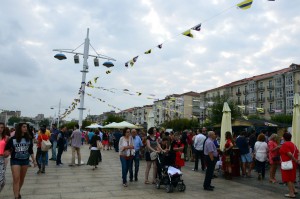 Santa Maria de la Asuncion Cathedral, which incorporates remains of a Roman structure that can be seen if you visit the Cathedral, was built on a hill between 14th and 17th centuries in Gothic style. It was severely damaged during the 1941 fire although it was rebuilt and widened. The cloister from 14th century in Gothic style. Besides, Cristo Church also known as Cripta is under the cathedral dating from 13th century was built on the site of a previous monastery in Gothic style too. By the way, the tomb of Marcelino Menéndez Pelayo ( 1856 -1912) is in this cathedral.
Santa Maria de la Asuncion Cathedral, which incorporates remains of a Roman structure that can be seen if you visit the Cathedral, was built on a hill between 14th and 17th centuries in Gothic style. It was severely damaged during the 1941 fire although it was rebuilt and widened. The cloister from 14th century in Gothic style. Besides, Cristo Church also known as Cripta is under the cathedral dating from 13th century was built on the site of a previous monastery in Gothic style too. By the way, the tomb of Marcelino Menéndez Pelayo ( 1856 -1912) is in this cathedral.
If tourists are interested in visiting museums theses are probably worth mentioning Modern Art, Menéndez Pelayo House, Fine Art, MMC Cantrabrian Maritime, Prehistory or Botin Art Center among others.
Sports and Beaches
Although there are a lot of facilities for football, swimming, surfing, windsurfing, horse riding and play golf, tennis and others in Santander, the natural surrounding with their beaches and sailing are really of main attractions. In fact, Santander hosted the Sailing World Championship 2014 (on 30th August to 21st September) where almost 1400 participants from 95 countries and more than 700 vessels took part in the competition.
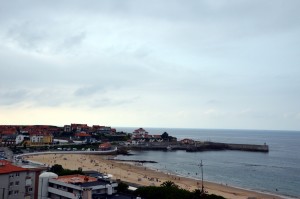 Santander also has a lot of parks where people can do sport, walk or play such as Las Lamas Park, the largest Park in Santander with plenty of trees, a lake and the Palacio de Deportes (Sport Palace) at its main entrance, it is really more than a park is the green heart of Santander; Mataleña Golf Course is on a hill; Mataleña Park, with breathtaking views, borders the Cape Menor and arrives at Faro in Cape Mayor; El Faro (The lighthouse) is on a hill and measures 30 meters in height (90 meters over sea level), being erected in the mid 19th century, it is 2 km from city center. Mesones Park near Sardinero II beach is ideal for children; Water Park, Doctor Morales Park, La Alameda, the Jado Park among others without forgetting the Piquio Gardens.
Santander also has a lot of parks where people can do sport, walk or play such as Las Lamas Park, the largest Park in Santander with plenty of trees, a lake and the Palacio de Deportes (Sport Palace) at its main entrance, it is really more than a park is the green heart of Santander; Mataleña Golf Course is on a hill; Mataleña Park, with breathtaking views, borders the Cape Menor and arrives at Faro in Cape Mayor; El Faro (The lighthouse) is on a hill and measures 30 meters in height (90 meters over sea level), being erected in the mid 19th century, it is 2 km from city center. Mesones Park near Sardinero II beach is ideal for children; Water Park, Doctor Morales Park, La Alameda, the Jado Park among others without forgetting the Piquio Gardens.
Obviously Santander also has some of the most famous beaches in Spain all of them of the highest quality, with fine golden sand, clear waters and excellent facilities. Besides, the beauty of the landscape around the beaches has the additional advantage of being within walking distance of the city center. In addition, there are cultural events on the beaches.
Los Peligros Beach with quiet waters, measures about 200 meters in length by 70 meters in width; Magdalena Beach measures more than 800 meters in length by 30 meters in width and the Bikinis Beach is more than 200 meters long and 30 meters wide with quiet waters and soft breeze is easily reached from Magdalena Peninsula. These three beaches are situated to the south of Santander by the Paseo Reina Victoria and Magdalena Peninsula.
Situated to the east of the city visitors can find the busiest beaches:
El Camello measures 200 meters by 50 meters; La Concha Beach is 250 meters long and 20 meters wide located between Camello and Sardinero I beaches; Sardinero I Beach measures more than 300 meters in length by 80 meters in width with fine sand is very popular among tourists, it is next to Sardinero II Beach which measures about 1000 meters in length by 80 meters in width is the largest beach in Santander. All of them border the Sardinero Promenade.
Molinucos Beach is a small beach with fine and golden sand and often empty, it is about 30 meters long and 5 meters wide not far of Sardinero II Beach and near Mataleñas park. Mataleñas Beach which is very popular among local people, is located between the Cape Mayor and the Cape Menor near the Mataleñas Park in an area of natural beauty, measures about 120 meters by 40 meters.
Other beaches nearby:
Punta Parayas Beach is a artificial beach in Camargo it measures 50 meters in length by about 30 meters in width. Punta Parayas beach offers good facilities with green areas to walk and play, bicycle path, parking and so on.
El Bocal Beach 200 meters by 10meters and Maruca Beach 400 meters long and 10 meters wide are situated on the north coast of Santander in Monte with low occupation; Virgen del Mar Beach in San Roman de la Llanilla with 400 meters by 40 meters is an isolated beach to the north of village, here is the Chapel of the Virgin of the Sea ( Virgen del Mar) It is 5 km from Santander.
Gastronomy
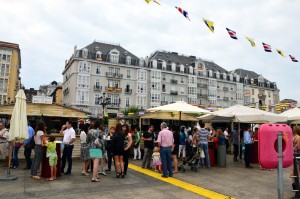 It is well known that local people are justly proud of its traditional cuisine, the excellent and healthy food which is attractive not only for its aroma and exquisite taste, but also the quality of its savory anchovies, the fresh seafood, fish and meat, its famous green pepper, its tasty Pasiego cheese, delicious desserts and its flavorful wine make Santander an ideal tourist destination of the highest quality.
It is well known that local people are justly proud of its traditional cuisine, the excellent and healthy food which is attractive not only for its aroma and exquisite taste, but also the quality of its savory anchovies, the fresh seafood, fish and meat, its famous green pepper, its tasty Pasiego cheese, delicious desserts and its flavorful wine make Santander an ideal tourist destination of the highest quality.
To sum up, we suggest enjoying the beaches, the food, the nightlife and do water sports. Visitors can arrive in Santander, by train, by car, by sea, by air.
Santander is about 400 kms. from Madrid
Cabarceno Nature Park
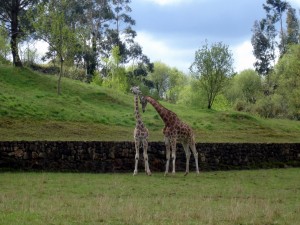 Cabarceno Park (15 Km. from Santander) is a zoo with a surface area of more than 7,000,000 square meters that preserves the conservation of the environment. There are giraffes, jaguars, rhinoceros, hippopotamus, zebras, bears, lions, elephants, tigers, deers, horses, wallabies and many much animals from Asia, Africa, America, Australia and Europe that visitors can see them living in freedom in a suitable area surrounded by nature.
Cabarceno Park (15 Km. from Santander) is a zoo with a surface area of more than 7,000,000 square meters that preserves the conservation of the environment. There are giraffes, jaguars, rhinoceros, hippopotamus, zebras, bears, lions, elephants, tigers, deers, horses, wallabies and many much animals from Asia, Africa, America, Australia and Europe that visitors can see them living in freedom in a suitable area surrounded by nature.
Visitors will have the opportunity to enjoy the beauty of nature and wildlife in Cabarceno Park if they go on foot or by car through the paths and roads of park. Moreover, the park has excellent facilities to spend all day with children and old people. By the way, this park is one of most visited places in the northern Spain
The ticket costs between 7 to 25 euros.
Other places to visit in Cantabria region (Spain)
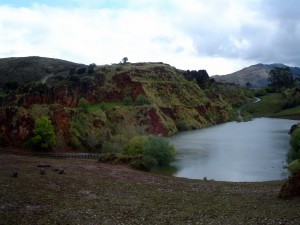 – Comillas: Comillas is an attractive town located on the Cantabrian Sea coast, in the north of Spain, indeed in an area of natural breathtaking beauty in Cantabria region.
– Comillas: Comillas is an attractive town located on the Cantabrian Sea coast, in the north of Spain, indeed in an area of natural breathtaking beauty in Cantabria region.
– Potes: Visiting the beautiful villages in Cantabria region, in the north of Spain, tourists should not miss out on the medieval town of Potes whose traditional buildings, wooden balconies, steep streets and surrounding mountains make the Potes town an interesting tourist attraction place.
– Altamira Cave: Located in Santillana del Mar, was declared a World Heritage in 1985 by UNESCO.
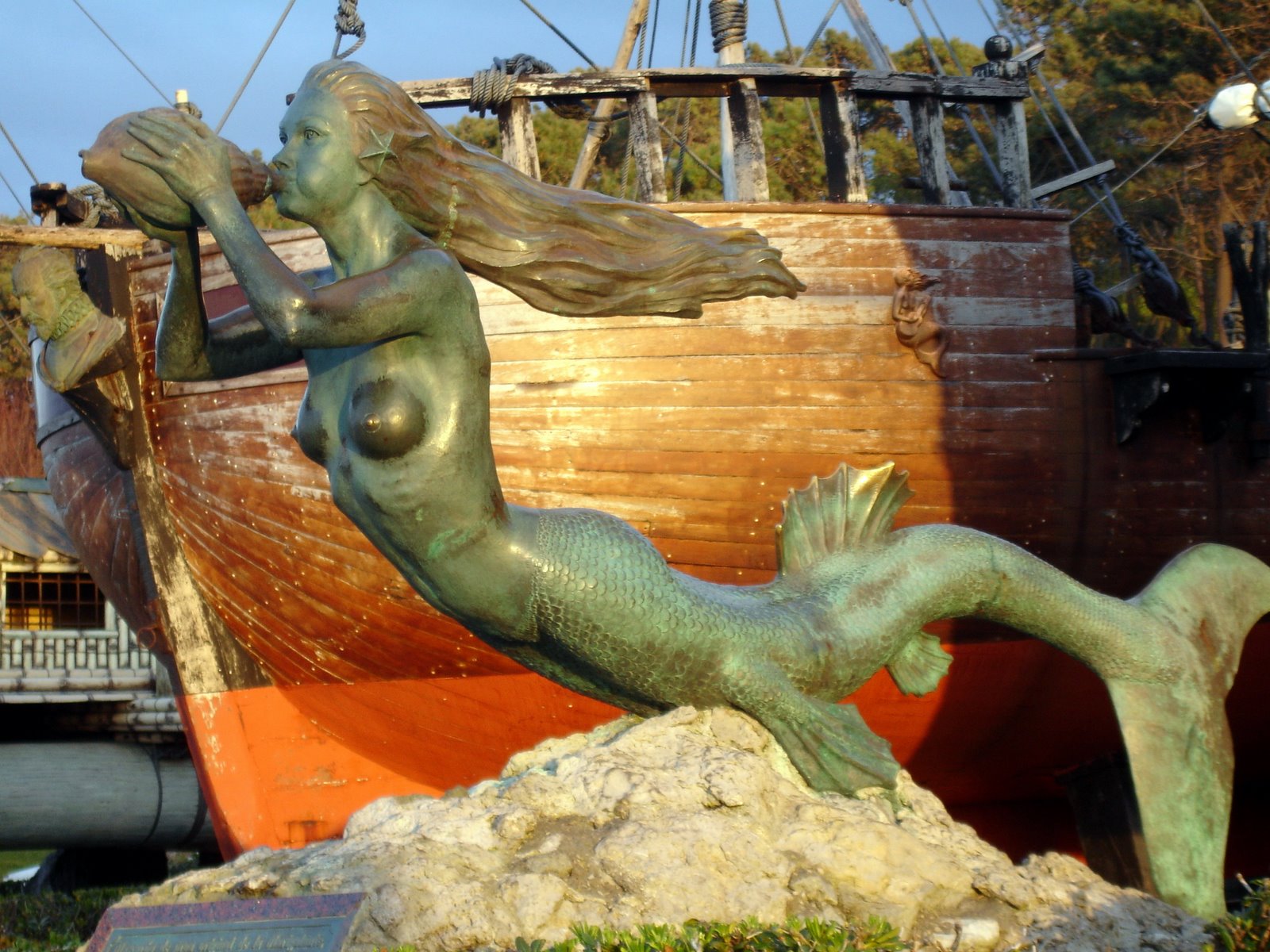
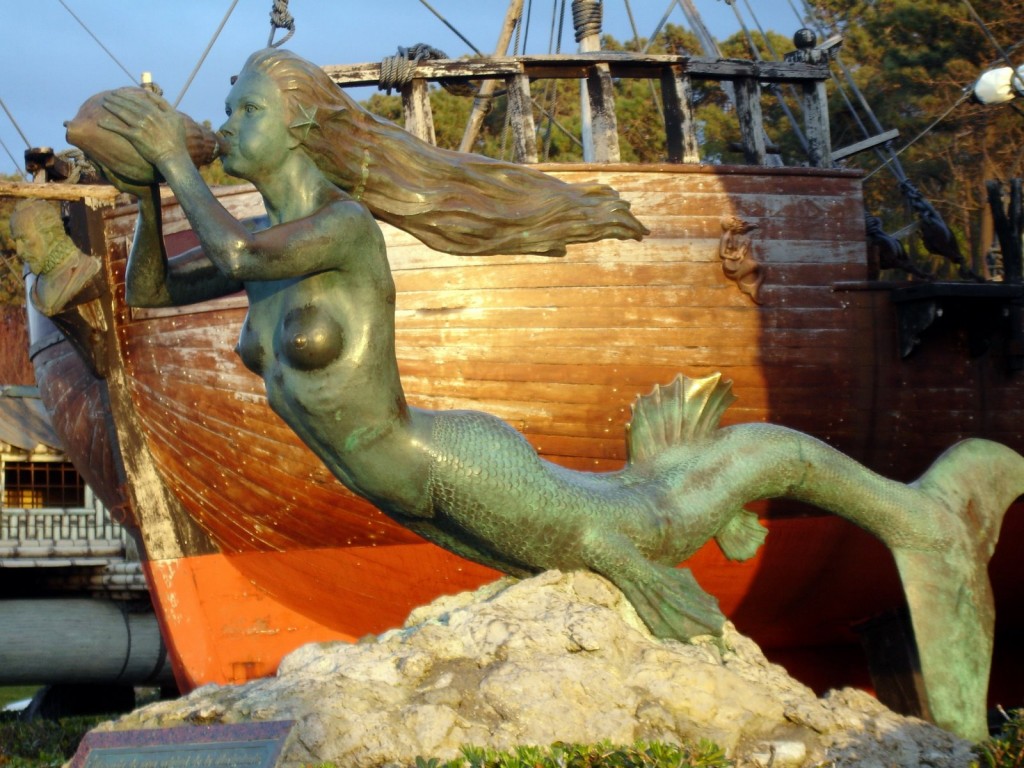
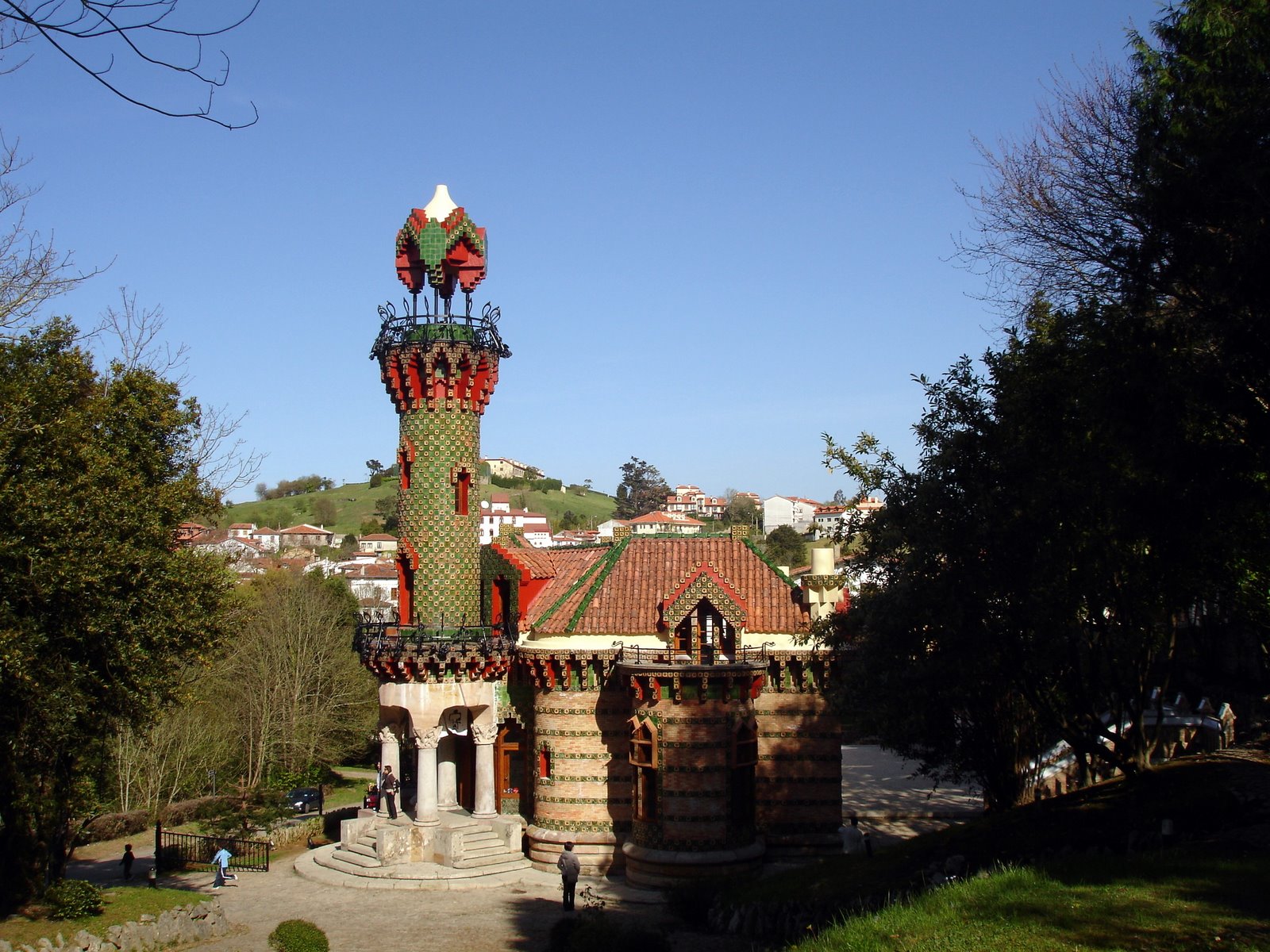
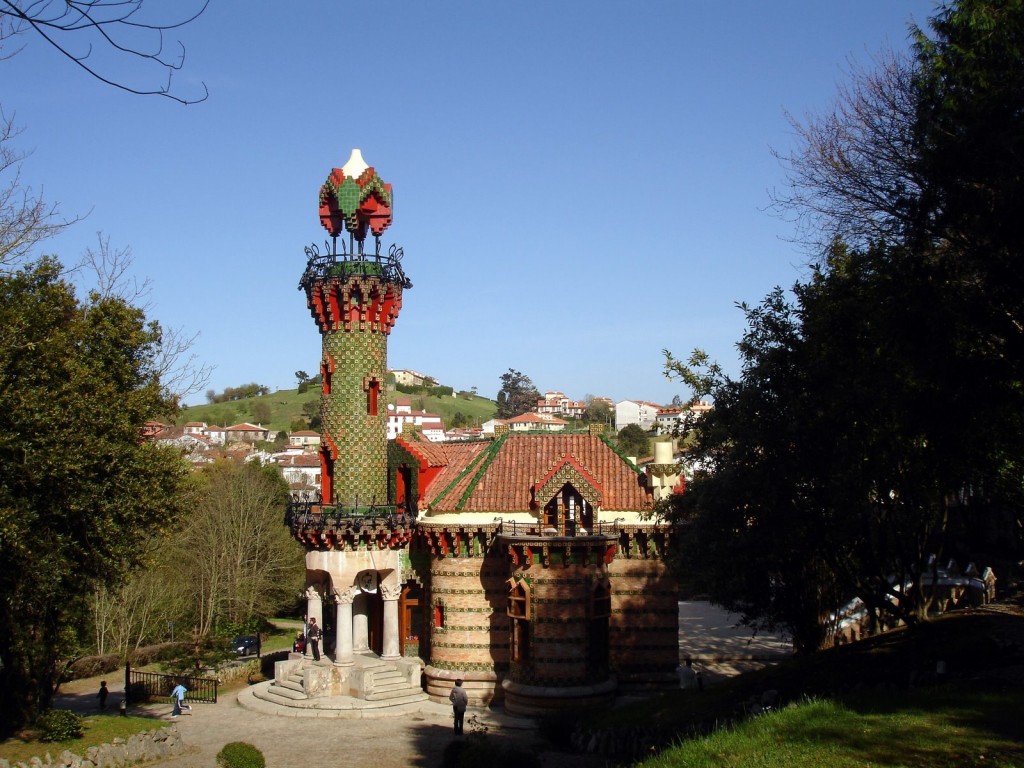
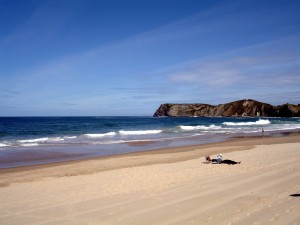
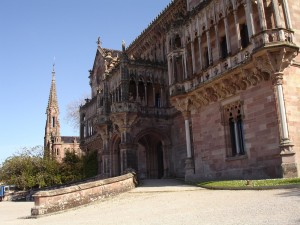
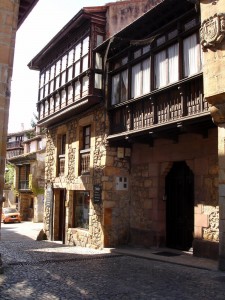
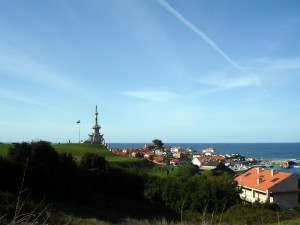
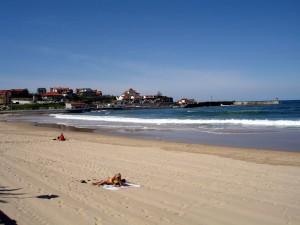

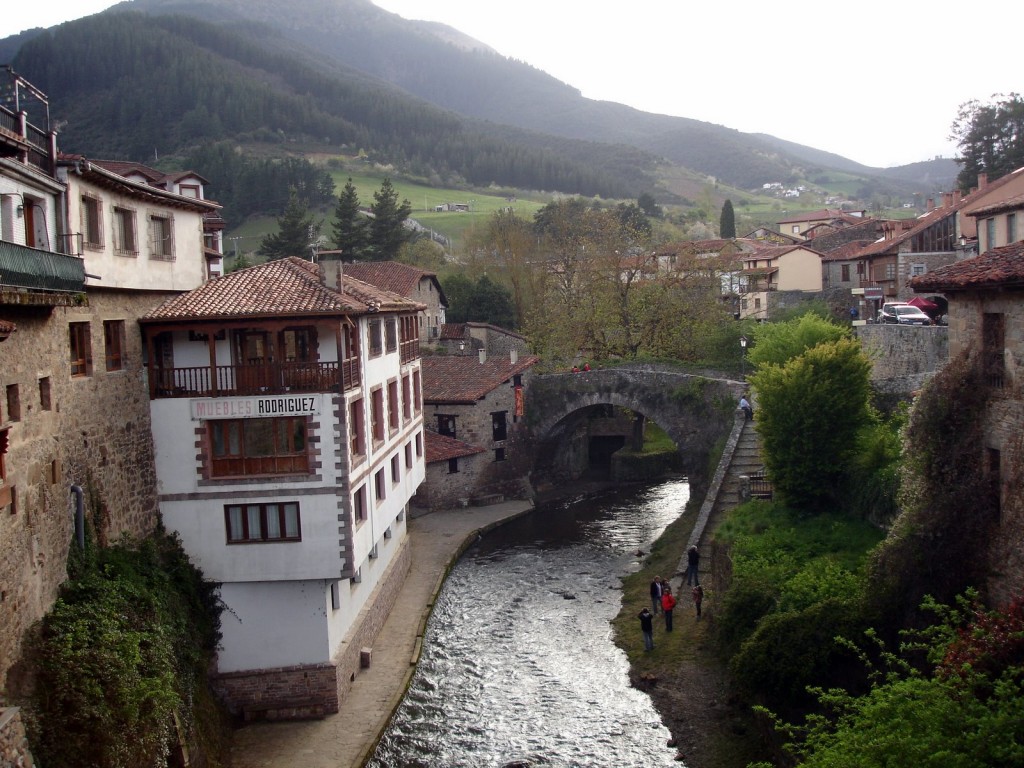
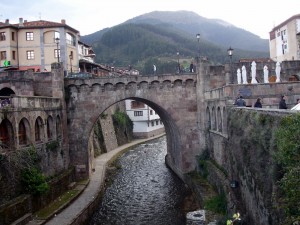 Visiting the beautiful villages in
Visiting the beautiful villages in 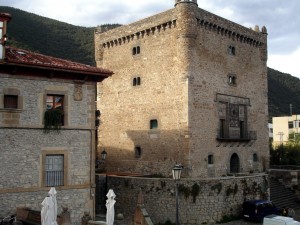 The picturesque Potes town is situated amidst spectacular mountain sceney, in the heart of the Liébana Valley, at the foot of the Picos de Europa ( Europe Peaks Mountains ), in the confluence of the Deva River, which borders the north side of the town, and the Quiviesa River that runs through the town before flowing into the Deva River. By the way, tourists should go for a walk along the river banks and pass under its mediaval bridges before leaving the town.
The picturesque Potes town is situated amidst spectacular mountain sceney, in the heart of the Liébana Valley, at the foot of the Picos de Europa ( Europe Peaks Mountains ), in the confluence of the Deva River, which borders the north side of the town, and the Quiviesa River that runs through the town before flowing into the Deva River. By the way, tourists should go for a walk along the river banks and pass under its mediaval bridges before leaving the town.